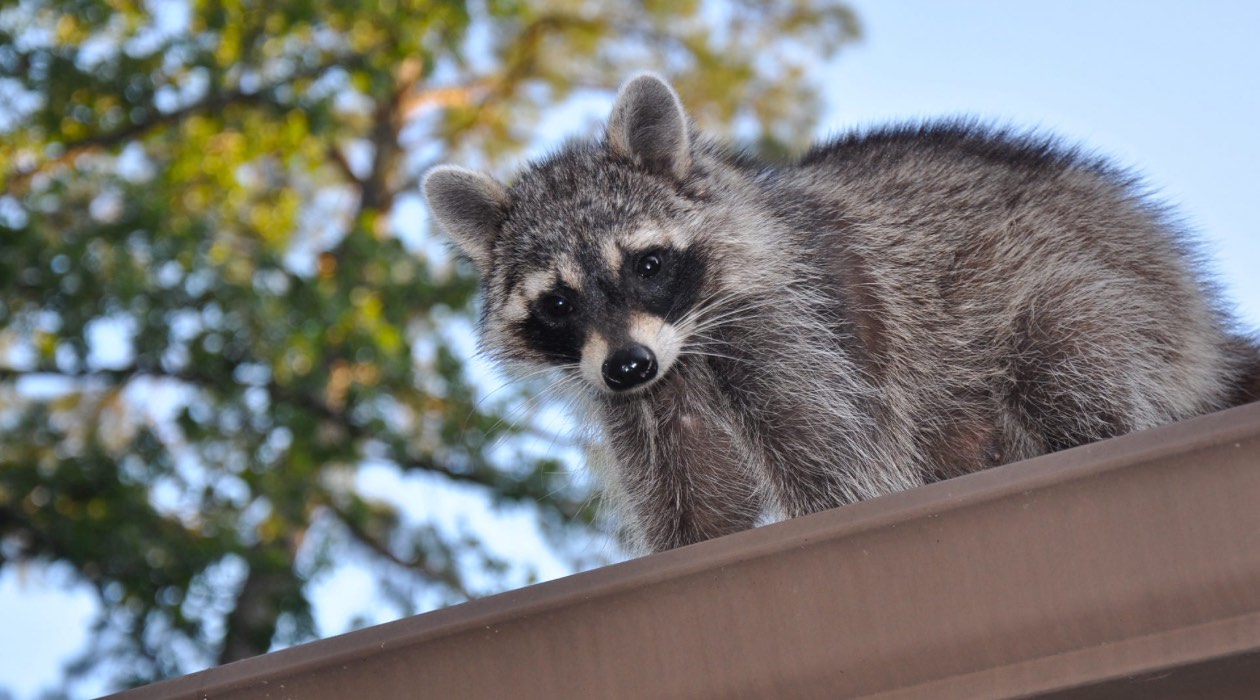

Articles
How To Get Baby Raccoons Out Of Attic
Modified: October 18, 2024
Learn effective strategies and techniques with our comprehensive articles on how to successfully remove baby raccoons from your attic.
(Many of the links in this article redirect to a specific reviewed product. Your purchase of these products through affiliate links helps to generate commission for Storables.com, at no extra cost. Learn more)
Introduction
Welcome to our comprehensive guide on how to get baby raccoons out of the attic. Discovering baby raccoons in your attic can be both surprising and concerning. These curious little creatures may seem cute, but they can cause a variety of problems if left unattended. From damaging insulation and chewing on electrical wires to transmitting diseases, it’s important to take immediate action to remove them safely and effectively.
In this article, we will walk you through the process of identifying the presence of baby raccoons in the attic, understanding the risks and dangers associated with their presence, and the steps you can take to safely remove them. We’ll also cover preventive measures to help you avoid future raccoon infestations. So, let’s get started!
Key Takeaways:
- Identifying the presence of baby raccoons in your attic and understanding the associated risks is crucial. Hiring a professional wildlife removal service ensures ethical and compliant removal, safeguarding your property and the raccoons.
- Implementing preventive measures, such as sealing off entry points and maintaining a well-kept landscape, is essential to avoid future raccoon infestations. Regularly consulting with professionals for preventive maintenance can protect your home and attic from potential damage and health hazards.
Read more: How Do Raccoons Get In The Attic
Identifying the Presence of Baby Raccoons in the Attic
The first step in dealing with baby raccoons in your attic is to confirm their presence. Look out for signs such as strange noises coming from the attic, droppings, chewed wires, torn insulation, or any evidence of nesting materials. Raccoons are nocturnal creatures, so you may hear their activities during the night. They are also skilled climbers and can access your attic through damaged or unprotected entry points.
It’s important to note that raccoons are protected wildlife in many areas, and it is illegal to harm or kill them without proper permits and licenses. Therefore, we highly recommend seeking professional assistance to handle raccoon removal.
Understanding the Risks and Dangers of Baby Raccoons in the Attic
Having baby raccoons in your attic poses various risks to both your property and your health. Raccoons can cause considerable damage to insulation, electrical wiring, and other structures in your attic, leading to costly repairs. They are also known carriers of diseases such as rabies, leptospirosis, and raccoon roundworm, which can be transmitted to humans and pets.
Additionally, baby raccoons can become separated from their mothers if they are trapped inside the attic. This can result in their distress calls, which are often mistaken for distress calls of other animals, causing further complications.
Hiring a Professional Wildlife Removal Service
Due to the potential risks involved in dealing with baby raccoons, it is highly recommended to hire a professional wildlife removal service. These experts have the knowledge, experience, and specialized equipment to handle raccoon removal safely and humanely.
When selecting a wildlife removal service, make sure to choose a licensed and insured company. They will conduct a thorough inspection of your attic, determine the extent of the infestation, and develop a customized removal plan based on your specific situation. They will also ensure compliance with local wildlife regulations, ensuring the well-being of the raccoons during the removal process.
Stay tune for the upcoming section on assessing the best time to remove baby raccoons…
Key Takeaways:
- Identifying the presence of baby raccoons in your attic and understanding the associated risks is crucial. Hiring a professional wildlife removal service ensures ethical and compliant removal, safeguarding your property and the raccoons.
- Implementing preventive measures, such as sealing off entry points and maintaining a well-kept landscape, is essential to avoid future raccoon infestations. Regularly consulting with professionals for preventive maintenance can protect your home and attic from potential damage and health hazards.
Read more: How Do Raccoons Get In The Attic
Identifying the Presence of Baby Raccoons in the Attic
When it comes to dealing with baby raccoons in your attic, the first step is to identify their presence. Here are some signs to look out for:
- Noises: Raccoons are nocturnal creatures, so you may hear their activities during the night. Listen for scratching, scurrying, or vocal sounds coming from your attic or ceiling. Baby raccoons tend to make high-pitched noises that can resemble chirping or crying.
- Droppings: Raccoon droppings are similar in appearance to dog feces but slightly smaller. Look for their droppings near entry points or in areas where they frequent. The droppings may contain partially undigested food, fibers, or insects.
- Damage: Raccoons are known to cause damage to insulation, wires, and other materials in the attic. Inspect the attic for chewed electrical wires, shredded insulation, or torn ductwork. They may also create nests using leaves, grass, or other debris.
- Entry Points: Raccoons are excellent climbers and can access your attic through damaged or unprotected areas. Look for any signs of entry points, such as loose vents, broken screens, or gaps in the roof. Pay attention to areas where there may be trees or branches in close proximity to your home.
- Footprints: Raccoon footprints can be identified by their distinct shape and pattern. They have five toe prints with long fingers, allowing them to grasp objects. Look for muddy footprints or smudges on surfaces near potential entry points.
If you notice any of these signs, it’s crucial to take action promptly. Leaving baby raccoons in your attic can lead to further damage and health risks. However, it’s essential to remember that raccoons are protected wildlife in many areas, so it’s important to handle their removal properly.
Therefore, it is highly recommended to hire a professional wildlife removal service. These experts have the knowledge and experience to safely handle raccoon removal while adhering to local wildlife regulations. They will conduct a thorough inspection of your attic to confirm the presence of baby raccoons and develop an appropriate removal plan.
Next, we will explore the risks and dangers associated with having baby raccoons in your attic…
Understanding the Risks and Dangers of Baby Raccoons in the Attic
Having baby raccoons in your attic can pose various risks and dangers to both your property and your health. It’s important to be aware of these potential issues and take appropriate action. Here are the main risks and dangers associated with baby raccoons in the attic:
- Property Damage: Raccoons are notorious for causing damage to attics. They may tear up insulation, chew on electrical wires, scratch walls, and destroy ductwork. This damage can be extensive and result in costly repairs.
- Health Risks: Raccoons can carry diseases that are harmful to humans and pets. One of the most well-known diseases associated with raccoons is rabies, a viral infection that attacks the central nervous system. Raccoons can also transmit other diseases such as leptospirosis, which can cause fever, muscle aches, and kidney damage. Additionally, raccoon feces can contain a parasite called Baylisascaris procyonis, commonly known as raccoon roundworm, which can cause serious neurological issues if ingested.
- Noise and Disturbance: Baby raccoons, in particular, can cause a lot of noise and disturbance in the attic. Their high-pitched cries and scratching sounds can disrupt your sleep and overall peace in the house.
- Unwanted Odors: Raccoons have a distinct musky odor, and when they are living and breeding in your attic, that smell can permeate throughout your home. The longer they stay, the stronger the odor can become.
- Increased Fire Hazard: Raccoons are known to cause electrical damage in attics by chewing on wires. This can lead to short circuits and increase the risk of fire hazard in your home.
- Secondary Pest Infestations: Raccoons can attract other pests such as fleas, ticks, and mites into your attic. These secondary pests can then spread to other areas of your home, causing additional problems.
Given these risks and dangers, it is imperative to address the baby raccoon issue promptly and effectively. Avoid attempting to remove or handle raccoons on your own, as they can be aggressive and carry infectious diseases. Instead, contact a professional wildlife removal service that specializes in humane raccoon removal.
In the next section, we will discuss the importance of hiring a professional wildlife removal service to safely and effectively remove baby raccoons from your attic.
Hiring a Professional Wildlife Removal Service
Dealing with baby raccoons in your attic requires expertise and specialized knowledge. It’s important to hire a professional wildlife removal service to ensure the situation is handled safely and effectively. Here are some key reasons why hiring a professional is the best course of action:
- Experience and Expertise: Professional wildlife removal services have extensive experience in handling raccoon infestations. They are familiar with raccoon behavior, habits, and biology, allowing them to develop effective strategies for removal.
- Humanely Removal: Professionals prioritize the ethical and humane treatment of animals. They follow guidelines set by local wildlife regulations to ensure that the baby raccoons are removed safely without causing harm to them or your property.
- Proper Equipment and Techniques: Wildlife removal experts have the necessary equipment and tools to safely and efficiently remove baby raccoons from your attic. They employ humane trapping and removal methods, minimizing stress and risk to the animals.
- Compliance with Regulations: Raccoons are protected wildlife in many areas. Professional wildlife removal services are licensed and knowledgeable about state and local regulations. They understand the legal requirements for raccoon removal and disposal and will ensure compliance with these regulations.
- Thorough Inspection: Professionals will conduct a detailed inspection of your attic to assess the extent of the raccoon infestation. They will identify and seal entry points to prevent further access and recommend necessary repairs to prevent future infestations.
- Safe Cleanup and Restoration: Wildlife removal services not only remove the baby raccoons but also provide thorough cleanup and sanitization services. This ensures the removal of raccoon droppings, urine, and other contaminants, reducing health risks associated with their presence.
- Preventive Measures: Professionals can offer recommendations to prevent future raccoon infestations. They will advise on securing potential entry points, trimming trees near the house, and implementing deterrent measures to make your property less attractive to raccoons.
When selecting a professional wildlife removal service, it is important to choose a reputable and licensed company. Look for recommendations, read reviews, and ask about their experience with raccoon removal. Obtain multiple quotes and compare services before making a decision.
Remember, attempting to remove raccoons on your own can be dangerous and may lead to legal repercussions. It is best to leave the job to the professionals who have the knowledge and resources to handle the situation effectively.
In the next section, we will discuss the best time to remove baby raccoons from the attic and the importance of timing during the removal process.
To get baby raccoons out of the attic, use a bright light and loud noises to encourage them to leave. Seal off any entry points once they are out to prevent re-entry. Consider hiring a professional for safe removal.
Assessing the Best Time to Remove Baby Raccoons
Timing plays a crucial role when it comes to removing baby raccoons from your attic. It is important to consider the welfare of the baby raccoons and their dependency on their mother. Here are a few factors to consider when assessing the best time for removal:
- Age of the Baby Raccoons: Baby raccoons are typically born in the spring, so the timing of their removal depends on their age. It’s important to wait until the baby raccoons are old enough to survive without their mother. Removal too early may result in the babies being unable to fend for themselves and potentially facing harm or death.
- Season: Spring and early summer are generally the best seasons to remove baby raccoons from your attic. By this time, the babies are usually old enough to be independent, allowing for their safe removal and relocation. Avoid removal during colder months, as the babies may not have developed enough to survive on their own.
- Mother’s Behavior: Observing the behavior of the mother raccoon is essential in determining the right time for removal. If you frequently see the mother leaving the attic to forage for food, it indicates that the babies are capable of being on their own for short periods. This is a good time to proceed with the removal process.
- Quiet Periods: As baby raccoons become more mobile, they may start exploring outside the nesting area. During periods of calm and silence in the attic, it may indicate that the babies are venturing out on their own. This can be a suitable time for their removal.
- Professional Wildlife Assessment: To ensure the safety and well-being of the baby raccoons, it is advisable to have a professional wildlife removal service assess the situation. They will be able to determine the appropriate time for removal based on their expertise and firsthand evaluation of the situation.
It is crucial to never separate baby raccoons from their mother by closing off the entry points or trapping them inside. Separating them can lead to distress calls from the babies, attracting other wildlife and causing further complications. Additionally, handling baby raccoons without proper experience and equipment can be dangerous, as they can bite or scratch when they feel threatened.
By assessing the best time for removal, you ensure the babies have the best chance of survival and minimize any potential harm or distress. Remember to consult with a professional wildlife removal service to determine the optimal timing for the removal process.
In the next section, we will discuss creating a one-way door to safely evacuate baby raccoons from your attic.
Creating a One-Way Door to Safely Evacuate Baby Raccoons
Creating a one-way door is an effective and humane method for safely evacuating baby raccoons from your attic. This approach allows the baby raccoons to exit the attic while preventing their re-entry. Here’s a step-by-step guide to creating a one-way door:
- Identify the Main Entry Point: Determine the primary entry point that the raccoons are using to access the attic. This is typically the most visible or easily accessible area that the raccoons are using.
- Seal All Other Access Points: Before installing the one-way door, inspect the attic and seal off any other potential entry points. This ensures that the raccoons can only exit through the designated one-way door, and it prevents their re-entry into the attic.
- Choose a Sturdy Material: Select a sturdy material, such as wire mesh or metal hardware cloth, to create the one-way door. Ensure that the material is strong enough to withstand raccoon attempts to claw or chew through it.
- Create the One-Way Door: Cut a piece of the selected material to cover the main entry point, leaving enough space for the baby raccoons to pass through. Attach the material securely to the opening, making sure it is firmly fixed and cannot be easily dislodged.
- Install the One-Way Door: Carefully position the one-way door at the main entry point, ensuring that it allows the baby raccoons to exit the attic freely. Check that the door is securely fastened and will not accidentally close.
- Monitor the Situation: Keep an eye on the attic entrance to ensure that the baby raccoons are using the one-way door to exit. Once they have all left, remove the one-way door and permanently seal the entry point to prevent further access.
It’s important to note that the one-way door method should only be used when it’s determined that the baby raccoons are old enough to be independent and can survive without their mother. Additionally, it is essential to consult with a professional wildlife removal service before implementing this method, as they can provide guidance and ensure the process is carried out safely and responsibly.
Remember, never attempt to create a one-way door or handle raccoon removal without proper knowledge and experience. Mishandling the situation can result in harm to yourself, the baby raccoons, or further damage to your property.
Once the baby raccoons have been safely evacuated, it’s important to seal off all entry points to prevent re-entry. In the next section, we will discuss the process of sealing off entry points to ensure your attic remains raccoon-free.
Read more: How To Get Frost Out Of Attic
Sealing off Entry Points to Prevent Re-entry of Raccoons
After successfully removing baby raccoons from your attic, it is crucial to seal off all entry points to prevent their re-entry. Raccoons are persistent and resourceful creatures, so it’s important to thoroughly inspect and secure your attic. Here’s a step-by-step guide on how to seal off entry points:
- Inspect the Attic: Carefully examine your attic for any potential entry points that raccoons could use to gain access. Look for gaps, cracks, loose vents, damaged screens, or open areas where raccoons could squeeze through.
- Identify Weak Areas: Pay particular attention to areas where raccoons may have previously caused damage or where there are signs of wear and tear. Raccoons are known for exploiting existing weak spots to gain entry.
- Repair Damaged Areas: Start by repairing or replacing any damaged sections of your roof, soffits, fascia, or siding. Use sturdy materials that raccoons cannot easily chew through, such as heavy-duty wire mesh or metal flashing.
- Seal Gaps and Openings: Fill in any gaps, cracks, or openings with a strong sealant or caulking material. Ensure that the sealant is suitable for the specific material you are sealing.
- Secure Vents and Chimneys: Install proper barriers or screens over vents and chimney openings to prevent raccoons from getting inside. These barriers should be made of strong materials and securely fastened.
- Trim Trees and Overhanging Branches: Trim any tree branches that may be providing easy access for raccoons to your roof or attic. Ensure that there is a sufficient distance between trees and your home to prevent raccoons from jumping onto the roof.
- Reinforce Access Points: Strengthen access points by adding metal flashing or mesh around pipes, cables, and other areas where raccoons could potentially squeeze through.
- Regularly Inspect and Maintain: Periodically inspect your attic and the exterior of your home for any new signs of potential entry points. Repair any damage promptly to prevent future raccoon infestations.
It’s important to note that sealing off entry points may also involve addressing related issues, such as repairing damaged insulation or replacing chewed wires. If you are unsure about any aspect of the sealing process, consulting with a professional wildlife removal service is highly recommended.
By taking the necessary steps to seal off entry points, you can significantly reduce the chances of raccoons re-entering your attic. It’s a proactive measure that helps safeguard your home from future infestations and potential damage caused by raccoons.
In the next section, we will discuss the importance of cleaning and disinfecting the attic space after the removal of raccoons.
Cleaning and Disinfecting the Attic Space After Raccoon Removal
Once you have successfully removed the baby raccoons from your attic, it is essential to thoroughly clean and disinfect the space to ensure the removal of any feces, urine, parasites, and other contaminants left behind. Here’s a step-by-step guide on how to clean and disinfect the attic space:
- Wear Protective Gear: Before starting the cleaning process, don proper protective gear, including gloves, a face mask, and goggles. This will help protect you from any potential health risks associated with raccoon waste.
- Remove Waste Material: Carefully remove any raccoon feces, urine-soaked insulation, nesting materials, or debris present in the attic. Double-bag the waste in thick trash bags to prevent any contamination.
- Vacuum or Sweep: Use a high-efficiency particulate air (HEPA) filter vacuum cleaner to thoroughly clean the attic floor, walls, and corners. If a vacuum cleaner is not available, you can sweep the area to remove any remaining dirt or debris.
- Disinfect Surfaces: Prepare a solution of water and a mild detergent. Use a sponge or cloth to scrub all surfaces in the attic, including walls, beams, and any areas affected by raccoon waste. Rinse the surfaces thoroughly with clean water afterward.
- Deodorize: Raccoons can leave behind strong odors in the attic. To eliminate these odors, use a commercial odor remover specifically designed for animal waste. Follow the manufacturer’s instructions for application.
- Consider Professional Cleaning Services: If the raccoon infestation was significant or if you are concerned about proper sanitation, hiring professional cleaning services that specialize in biohazard cleanup may be a wise decision. They have the expertise, equipment, and knowledge to ensure a thorough and safe cleaning process.
- Inspect and Repair: While cleaning, take the opportunity to inspect the attic for any additional damage caused by the raccoons. Look for chewed wires, damaged insulation, or structural issues. Make the necessary repairs to restore the attic to its proper condition.
It’s important to prioritize your safety and take necessary precautions during the cleaning process. Raccoon waste can harbor harmful bacteria, parasites, and pathogens that can cause diseases. If you are uncertain about the proper cleaning procedures or have concerns about potential health risks, consulting with a professional cleaning service is recommended.
By cleaning and disinfecting the attic space after raccoon removal, you help eliminate odors, reduce health hazards, and create a clean and safe environment for your home. It also helps prevent the attraction of other pests that may be enticed by the residual odors or waste left behind.
In the next section, we will discuss preventive measures you can take to avoid future raccoon infestations and protect your attic space.
Preventive Measures to Avoid Future Raccoon Infestations
Once you have successfully dealt with a raccoon infestation and taken the necessary steps to remove them from your attic, it’s important to implement preventive measures to avoid future raccoon infestations. Here are some effective preventive measures you can take:
- Secure Entry Points: Inspect your home thoroughly and seal off any potential entry points that raccoons could use to access your attic or crawl spaces. Repair damaged roof tiles, ensure vents are secure, and reinforce weak areas with metal flashing or wire mesh.
- Trim Trees and Vegetation: Trim tree branches and vegetation that provide easy access to your roof or attic. Keep branches at least 6-8 feet away from your home to prevent raccoons from jumping onto the roof.
- Use Secure Garbage Receptacles: Raccoons are attracted to food sources, so it’s important to secure your garbage bins with tight-fitting lids or store them in a secured area. Avoid leaving pet food or bird feeders outside overnight, as these can also attract raccoons.
- Eliminate Water Sources: Raccoons need water to survive, so fix any leaks or sources of standing water around your property. Ensure that gutters are clear and drain properly to prevent water accumulation.
- Install Motion-Activated Lights or Alarms: Install outdoor motion-activated lights or alarms to deter raccoons. These will deter raccoons from approaching your property, as they prefer dark and quiet areas.
- Keep Attic and Surrounding Areas Clean: Regularly inspect your attic for signs of raccoon activity, such as droppings or nesting materials. Clean your attic and surrounding areas regularly to remove any potential food sources or attractants.
- Maintain a Well-Maintained Landscape: Keep your yard well-maintained by trimming bushes, removing debris, and minimizing hiding spots for raccoons. A well-lit and well-maintained yard can make your property less appealing to these nocturnal pests.
- Consult with Professionals: Consider consulting with professional wildlife removal services or pest control experts for ongoing preventive maintenance. They can conduct regular inspections, provide advice on raccoon-proofing your property, and offer guidance on trapping or exclusion methods if necessary.
By implementing these preventive measures, you can help reduce the risk of future raccoon infestations and protect your home and attic from potential damage and health hazards. Remember, prevention is key when it comes to dealing with raccoons, as it is often easier to prevent an infestation than to remove one.
If you encounter any signs of raccoon activity or suspect a potential infestation, it is always advisable to consult with professionals to handle the situation safely and effectively.
Now that you have learned how to prevent future raccoon infestations, let’s conclude this guide.
Conclusion
Dealing with baby raccoons in the attic can be a challenging and worrisome situation. However, with the right knowledge and approach, you can safely and effectively remove them while taking necessary precautions to prevent future infestations.
Identifying the presence of baby raccoons in the attic and understanding the risks associated with their presence is the first step. Hiring a professional wildlife removal service is highly recommended to ensure the removal is done ethically and in compliance with local regulations. Assessing the best time to remove baby raccoons is crucial to their welfare.
Creating a one-way door provides a humane method to safely evacuate baby raccoons from the attic, while sealing off entry points prevents their re-entry into your home. Cleaning and disinfecting the attic space after raccoon removal is essential to eliminate any remaining waste or contaminants.
To avoid future raccoon infestations, implementing preventive measures such as securing entry points, trimming trees, and properly storing garbage becomes crucial. Regularly maintaining the attic and surrounding areas and seeking professional guidance for ongoing preventive maintenance helps ensure a raccoon-free environment.
Remember, dealing with baby raccoons in the attic requires caution and expertise. If you are unsure or concerned about the proper steps to take, it is always advisable to consult with professional wildlife removal services who have the experience and knowledge to handle the situation effectively.
By following the guidelines and preventive measures outlined in this guide, you can protect your home, prevent damage, and create a safe environment both for your family and any wildlife that may come in contact with your property.
Now that you are equipped with the knowledge and steps, you are ready to tackle the task of dealing with baby raccoons in your attic. Stay vigilant, act promptly, and ensure the well-being of both your home and the wildlife inhabiting your surroundings.
Frequently Asked Questions about How To Get Baby Raccoons Out Of Attic
Was this page helpful?
At Storables.com, we guarantee accurate and reliable information. Our content, validated by Expert Board Contributors, is crafted following stringent Editorial Policies. We're committed to providing you with well-researched, expert-backed insights for all your informational needs.
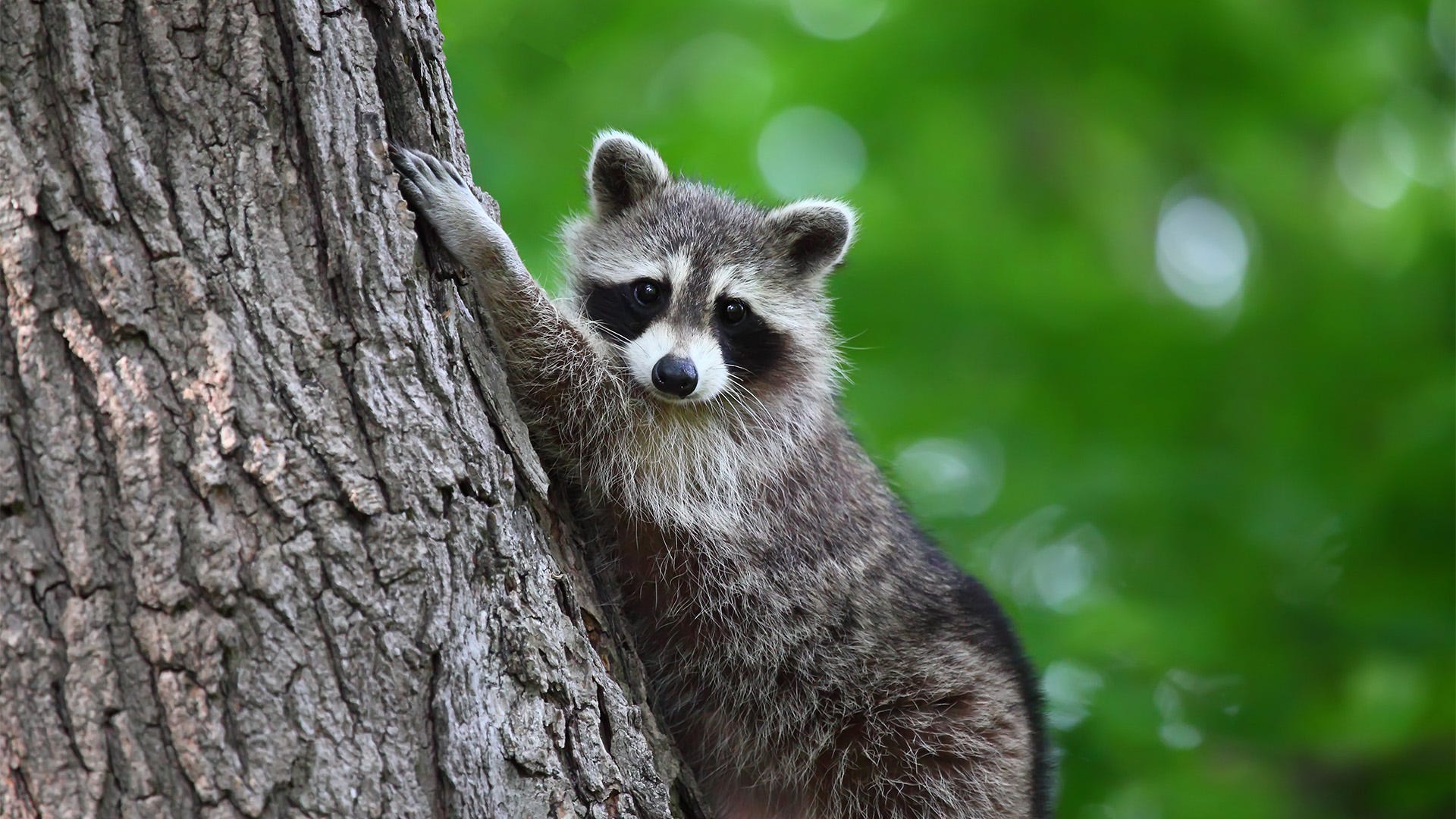
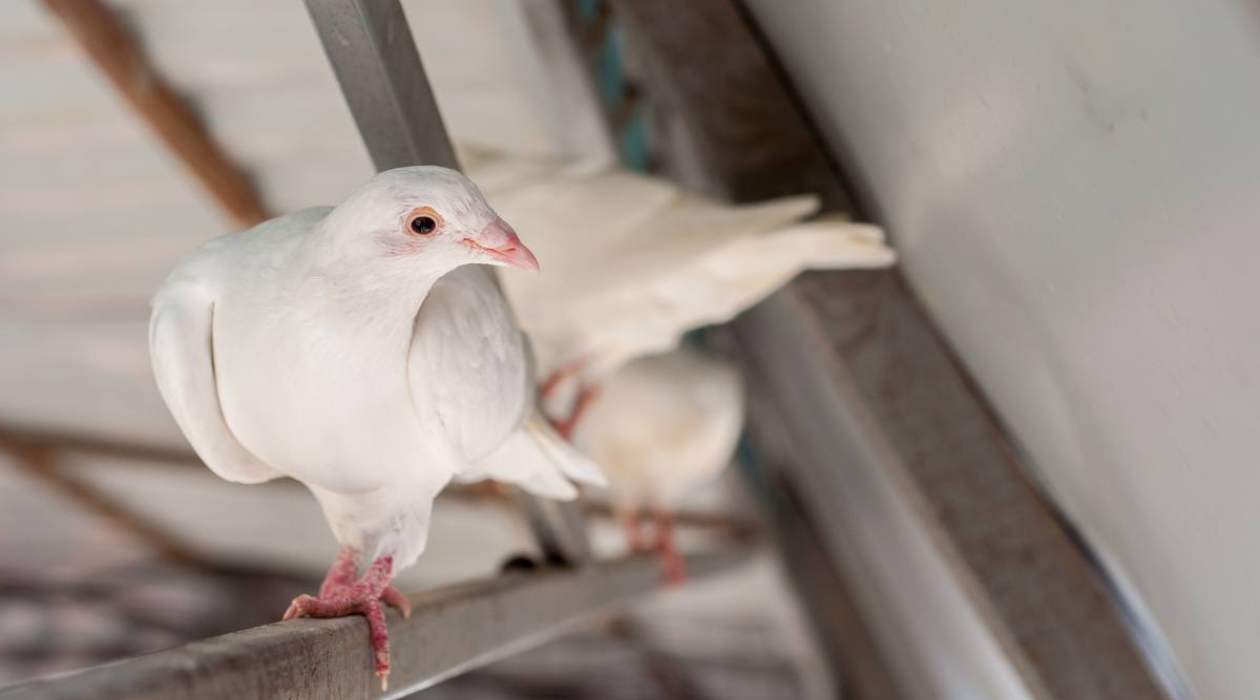
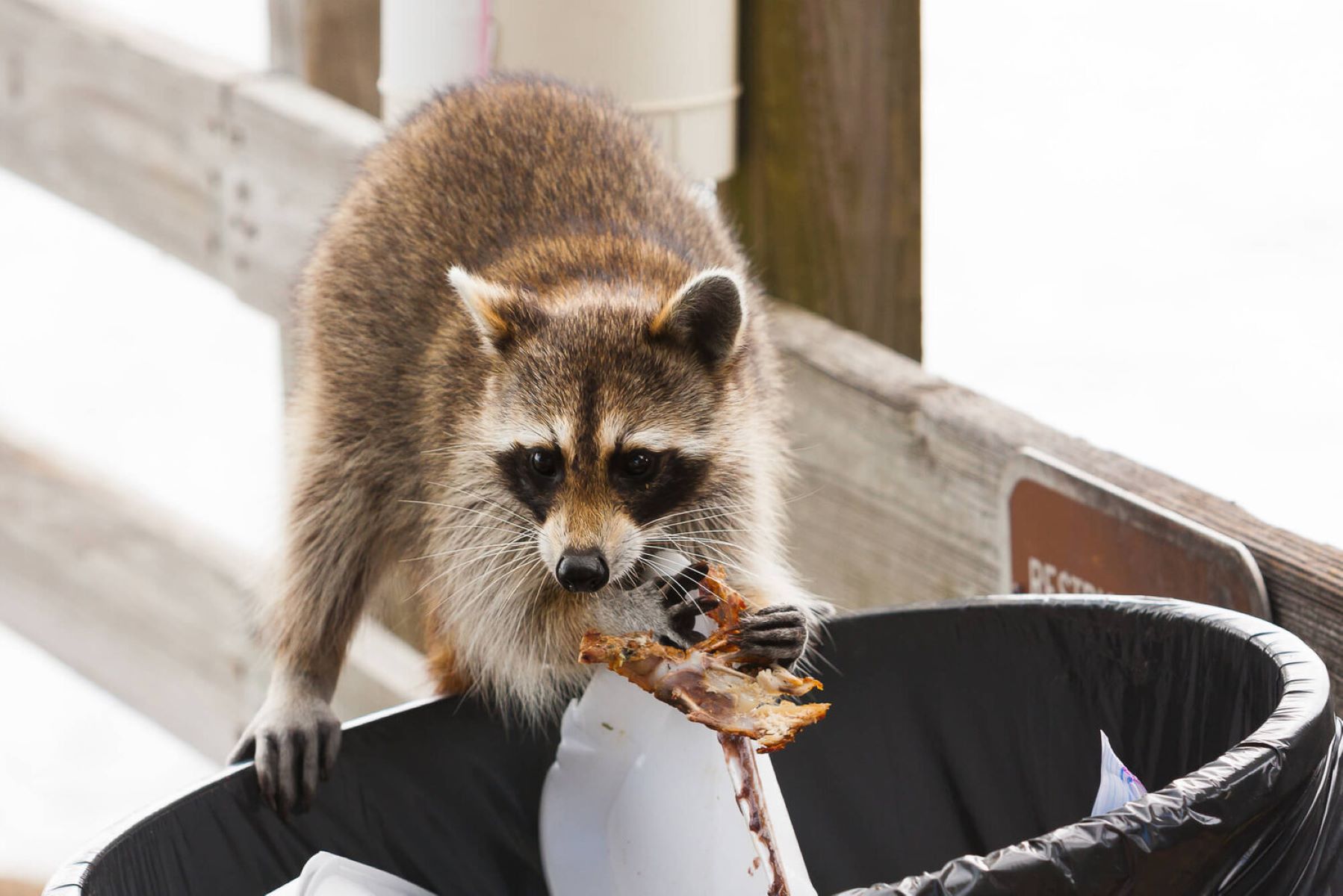
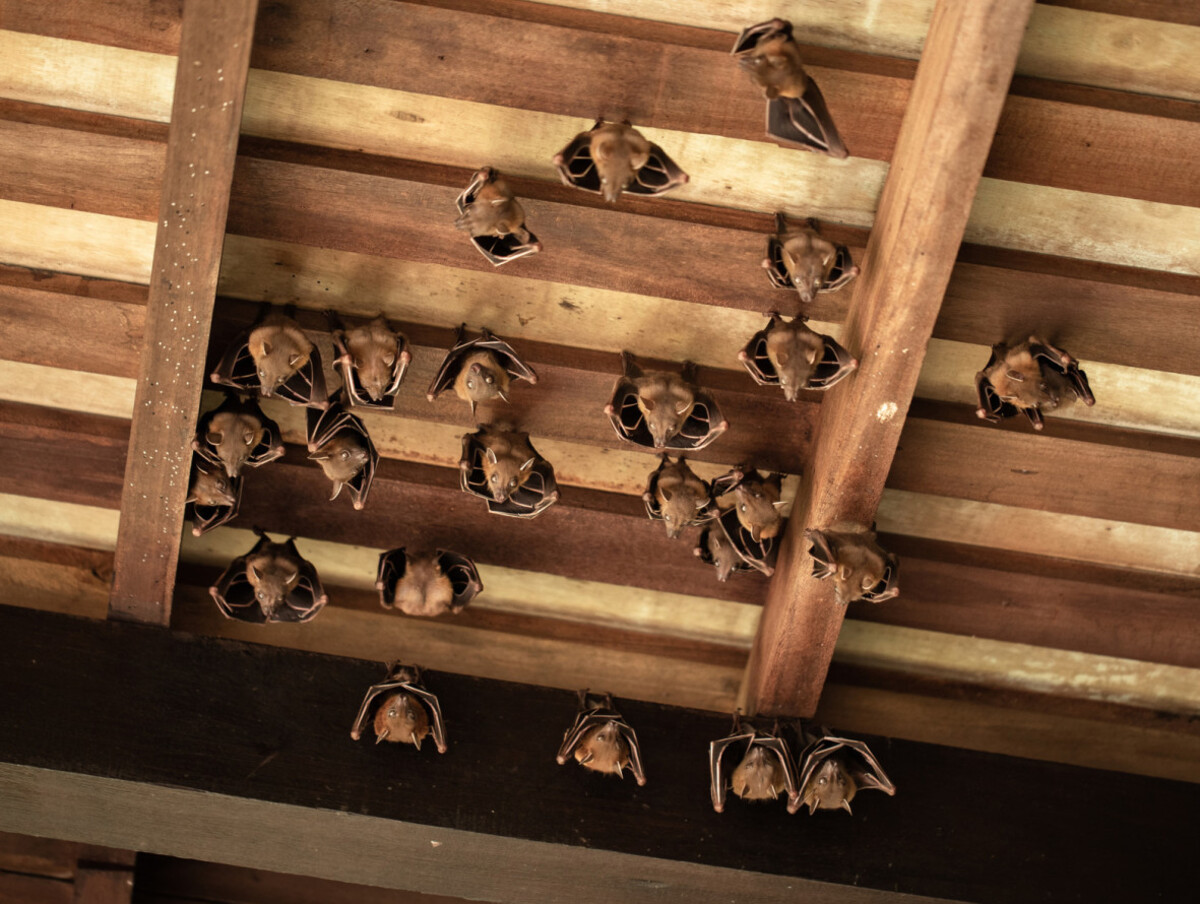
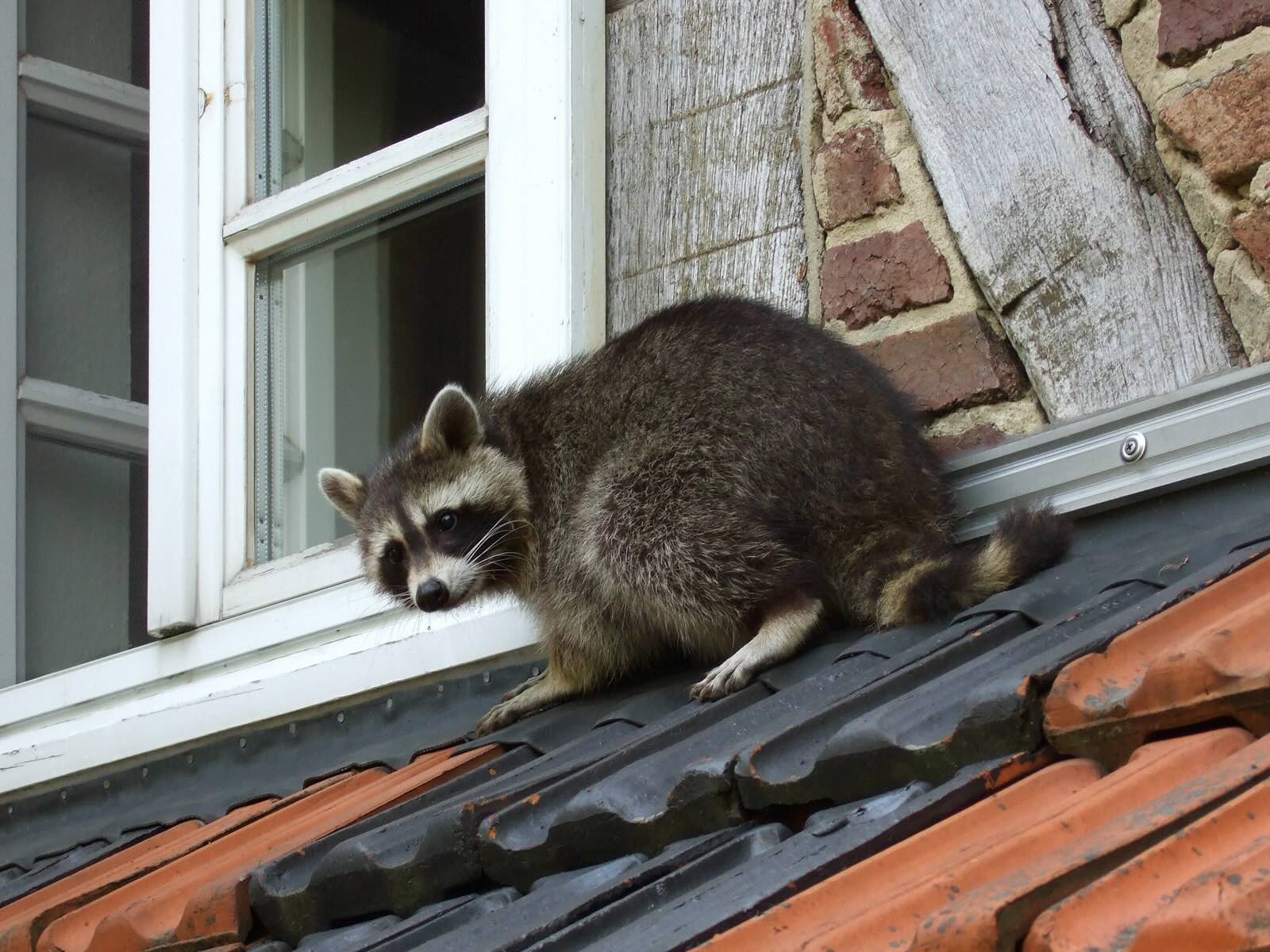
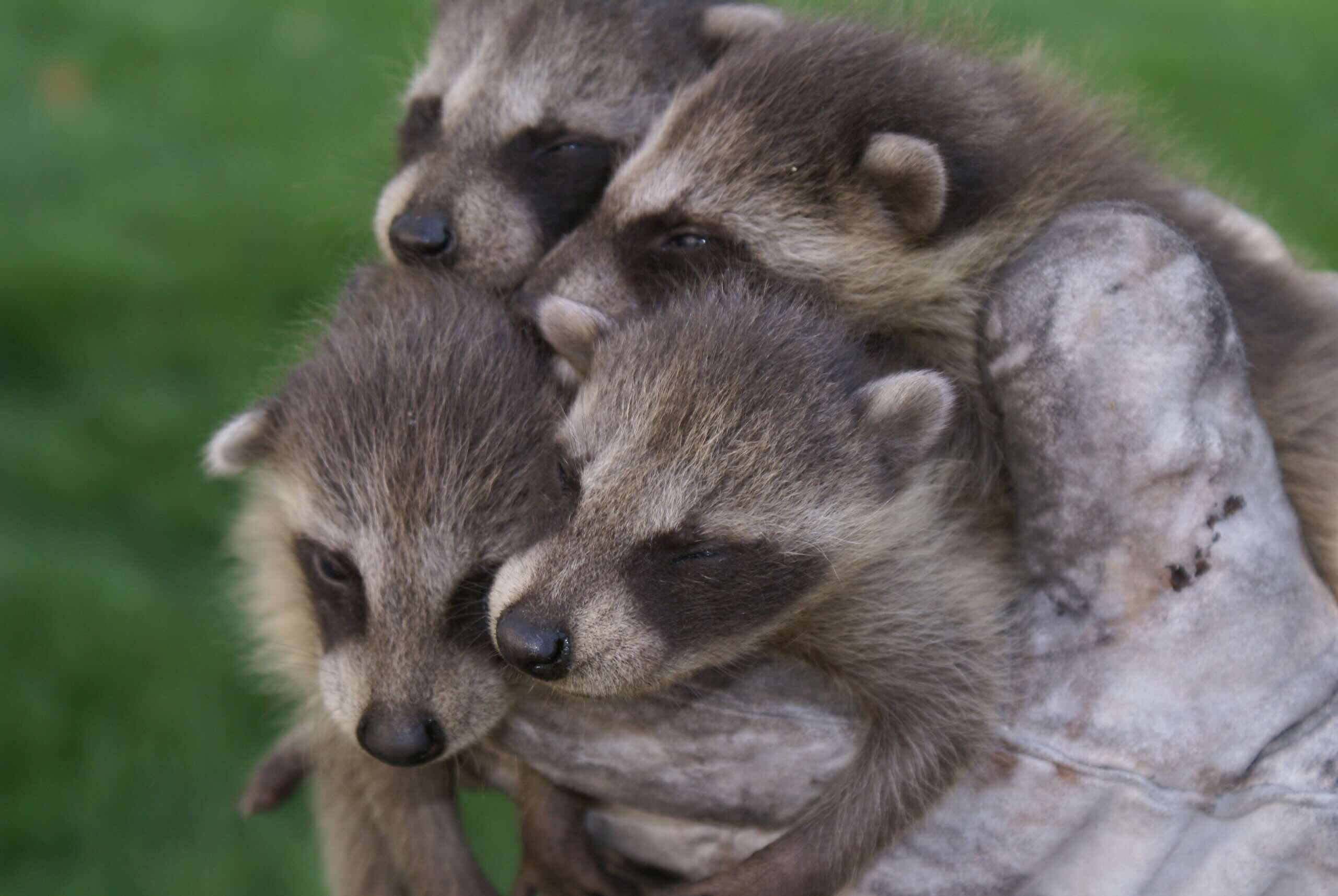
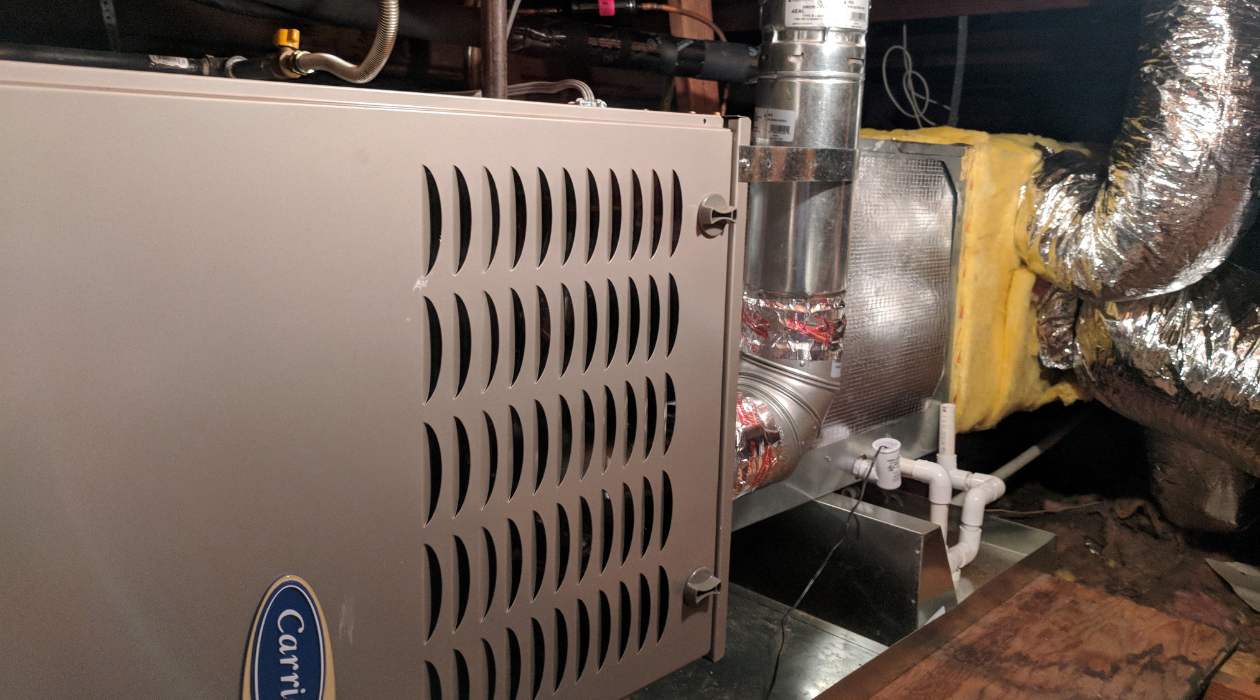
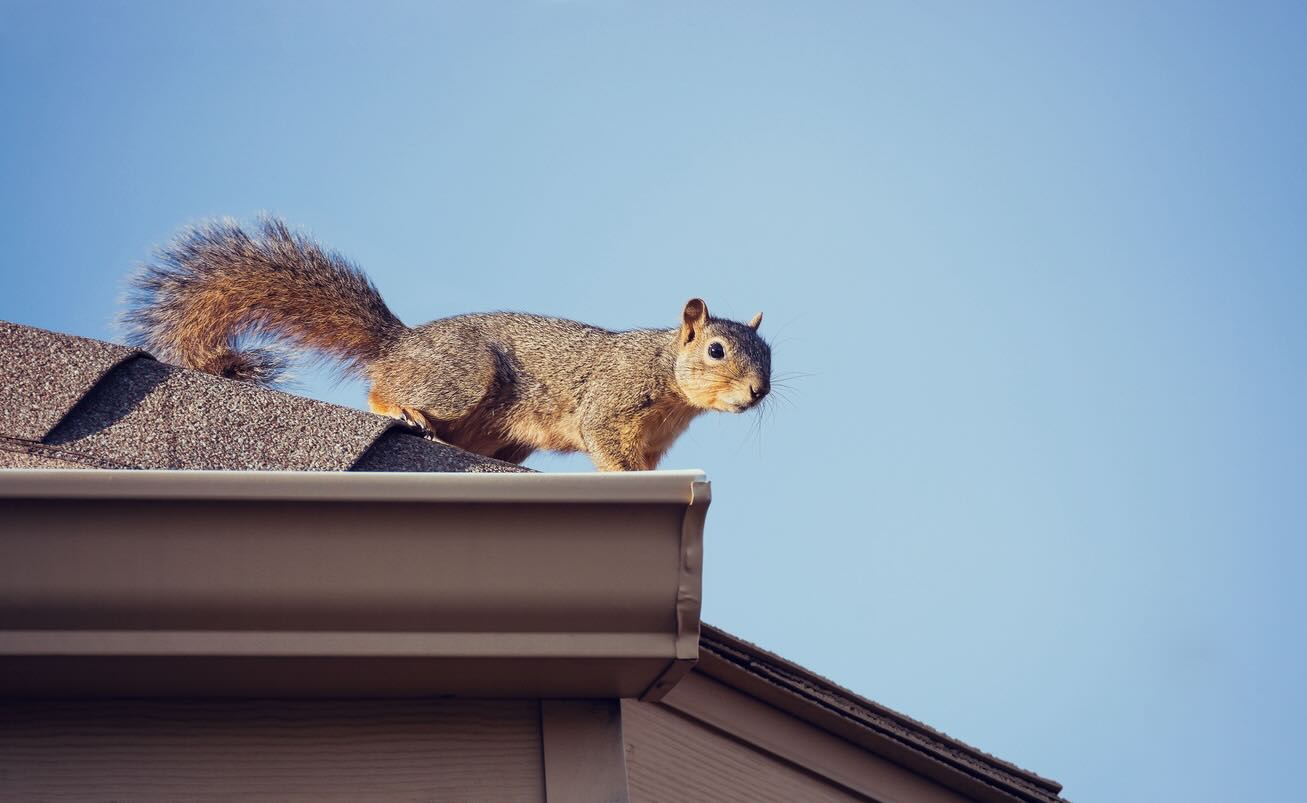
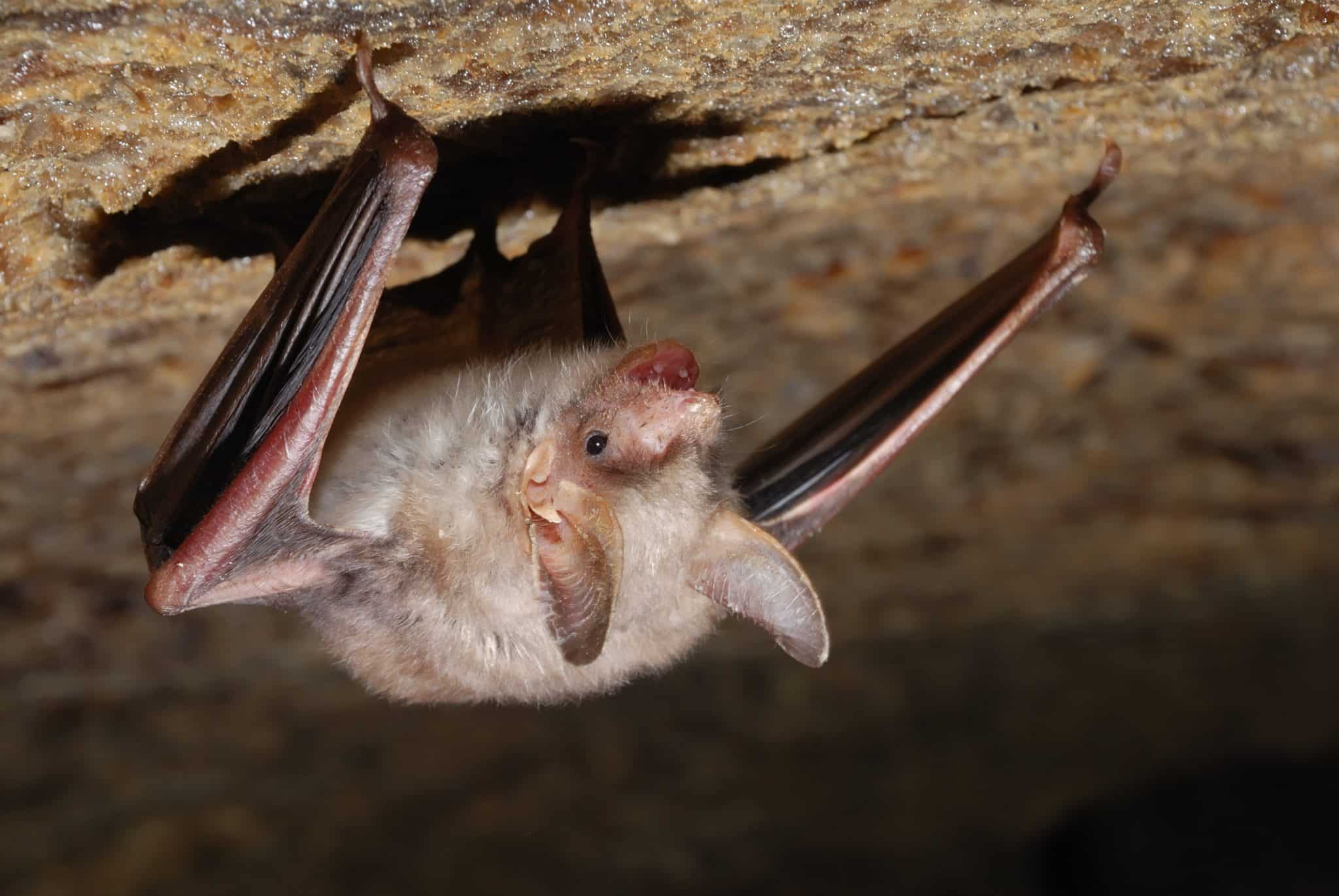
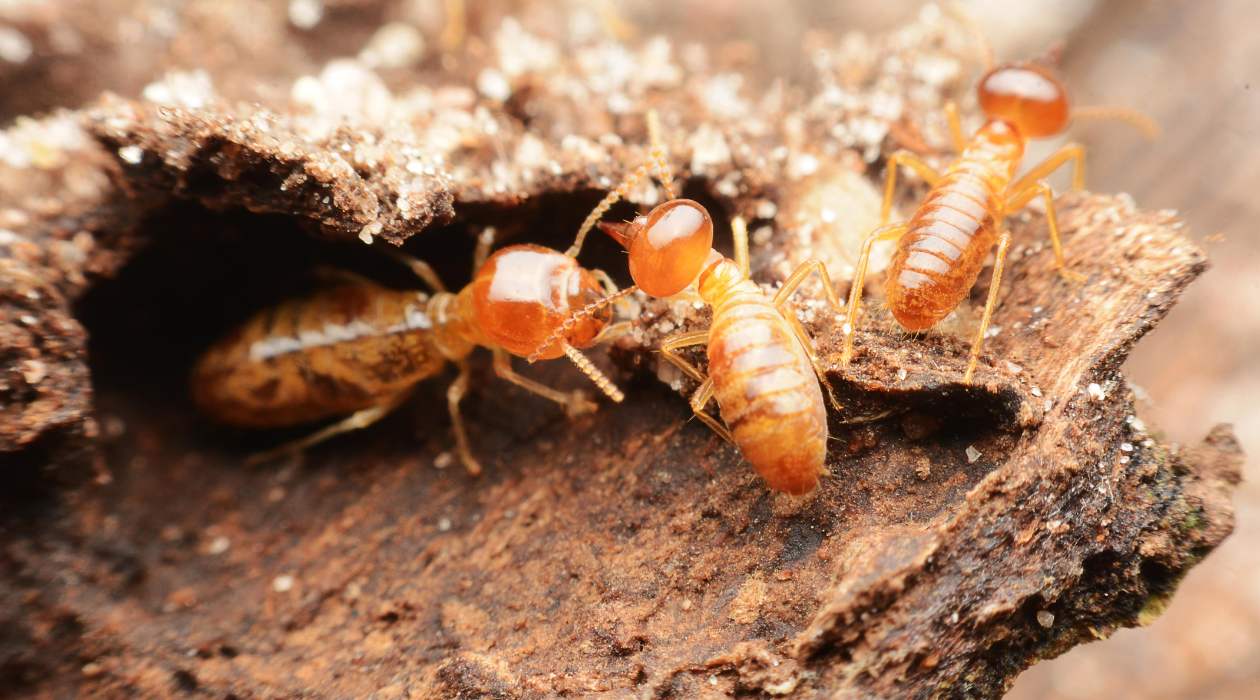

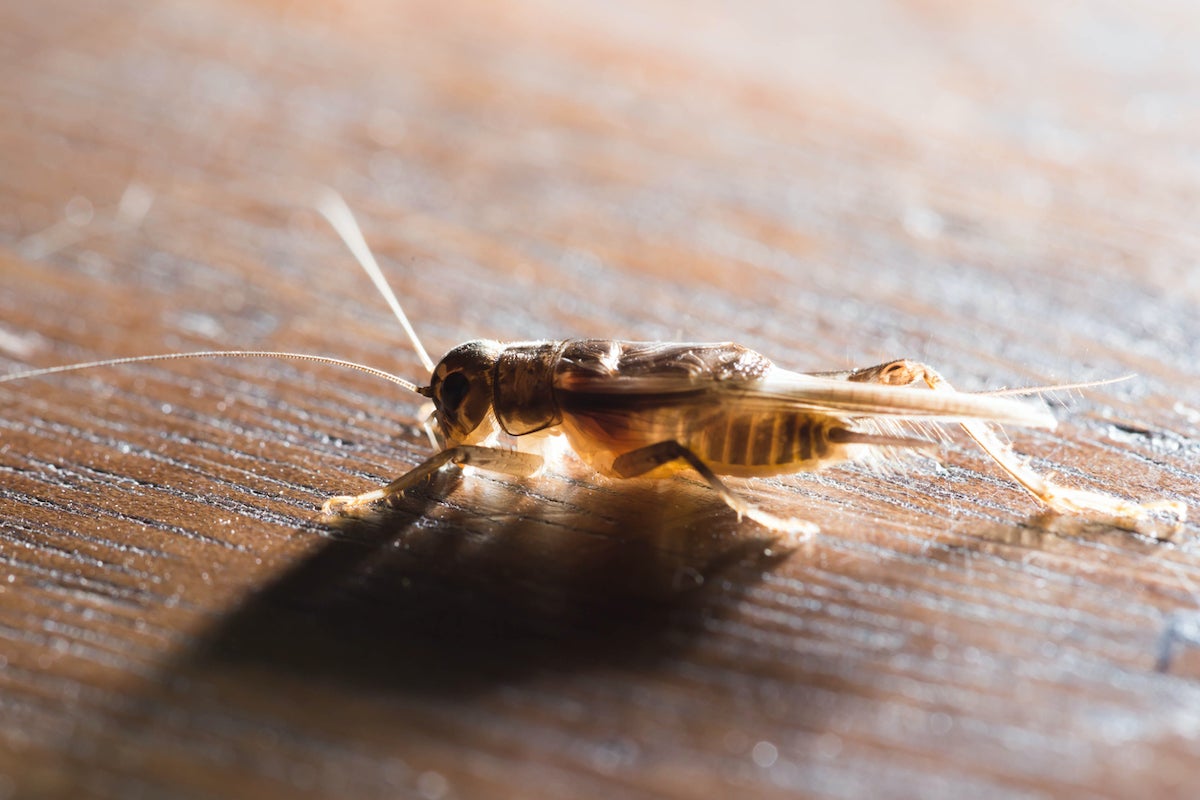
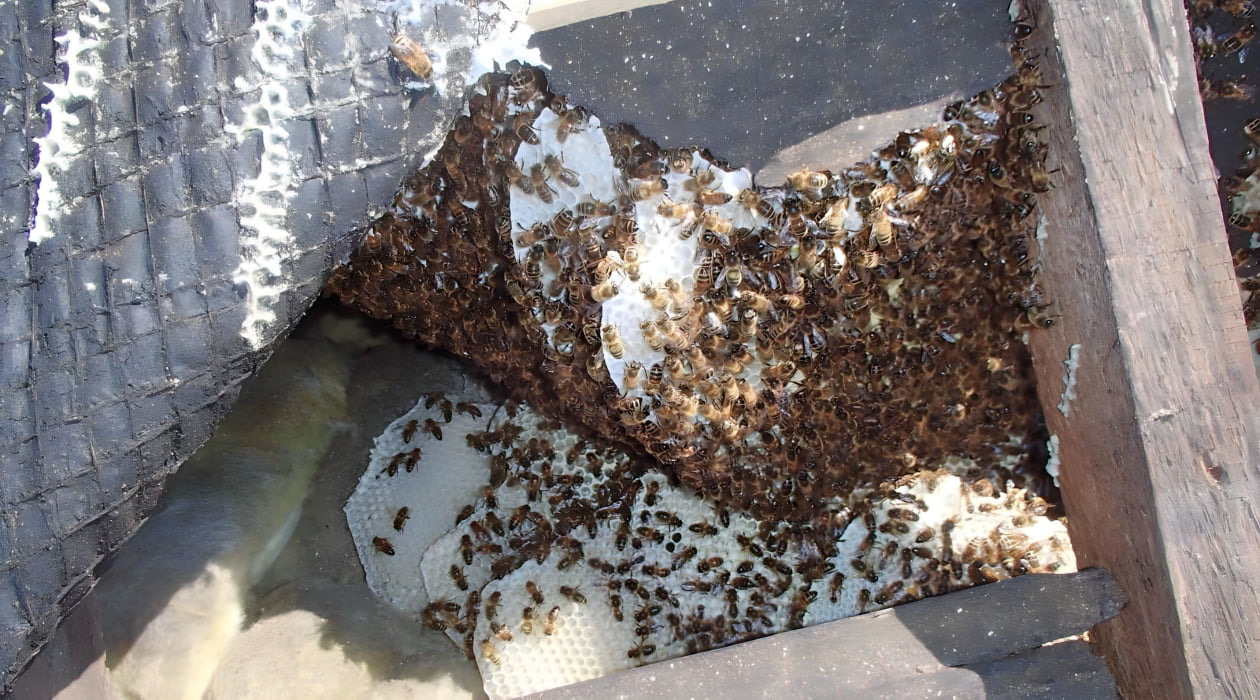

0 thoughts on “How To Get Baby Raccoons Out Of Attic”